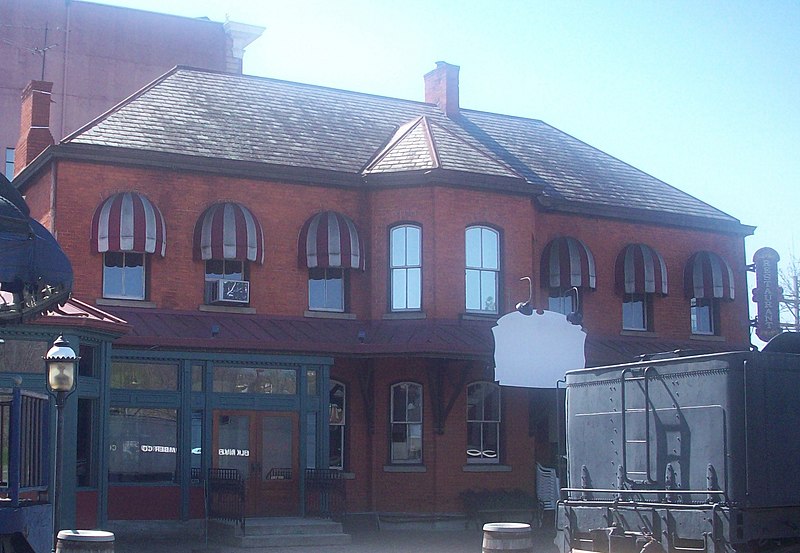
Boarding Location for the New River Train Only!
BOARDING LOCATION FOR HUNTINGTON, WV
The New River Train Excursions boarding location is at the old C&O railroad station on 7th Avenue & 9th Street in Huntington, WV. The address of the station is 935 7th Ave, Huntington, WV 25701. There is NO parking at the station. The station does not belong to our organization and we are not permitted to park at the station. There is street parking available for free on the weekends and there is one parking lot, free of charge 1 block away from the station.
Please be advised that when boarding the train, your whole party must be together in order to sit together. Also, the platform has some uneven places in it, so please watch you step. Coach passengers will board to the left hand (east end) side of the platform, while premium & dome passenger will board on the right hand (west side) end of the platform.
There will be walking involved while boarding the train. Since there is no parking at the station, you are required to park on the street or one block away at a free parking lot. This will require you to walk form your car to the station platform. On the platform there will be signs, and volunteers guiding you to where you need to to go to board the train. Please read the signs carefully. There is NO handicap parking available at the station!
**This trip will not be handicap accessible. Historic and antiquated rail passenger equipment, like that used on this excursion, is exempt from ADA regulations under U.S. Code: Title 42: Section 12184. The passenger cars and station facilities used on this excursion were constructed before disability accessibility laws were adopted. Platforms, boarding areas, stairs, step-stools, seating, and especially doorways, passageways, aisles, and on board restrooms may not accommodate all passengers. We will make all reasonable efforts to accommodate differently abled passengers who desire to ride this train.
Due to the length of our passenger train, we board from several locations. The coach location will be on the left side of the platform and will board from one location. You will then walk through other railroad cars to get to sit down at a seat. Please follow the volunteers instructions. If you have any difficulty walking, please let us know and we will try to accommodate you accordingly. The premium and dome boarding location will be on the west end, right side of the platform. Premium will board form one location, and passengers will be required to walk through other cars to get to their assigned car. If you have difficulty walking, you must contact us when you make your reservations and tell us, so we can accommodate you accordingly. If you do not let us know, we cannot accommodate you and you may be required to walk a longer distance than necessary. Dome service will require passengers to climb up 10 stairs to get into the dome car. Stairways and passageways on antiquated railroad equipment, cannot accommodate walkers or wheelchairs. Please advise us of any walking disabilities so we can accommodate you properly and so everyone has an enjoyable experience.
http://www.newrivertrain.com/boarding.shtml

The old C&O railroad depot is a very beautiful building. Here it is seen during the winter after the New River Train Excursions.
© Chris Lockwood 2010

